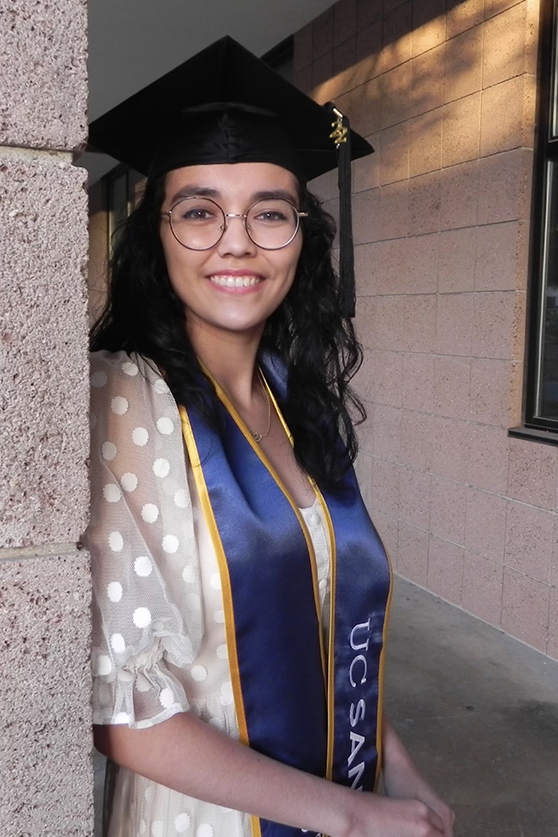Office of the Registrar
Higher Education’s Future Leaders
Transferable Skills Springboard Students into Careers at Local Universities
The Office of the Registrar employs students to assist with front-line student services, data entry, and document imaging. Two of our former student assistants, Lucy Vasquez (BS and BA, 2022) and Luz Estrada (BA, 2021), inspired by their time working in our office, now have full-time careers in higher education. Lucy Vasquez is the Undergraduate Advisor for the Philosophy & Linguistics departments at UC Santa Barbara, and Luz Estrada is the Parking and Operations Administrative Coordinator at California State University, Long Beach. We interviewed Lucy and Luz to gain insight into how their time working in our office shaped their lives and careers since graduation.
Before working in the Office of the Registrar, neither Lucy nor Luz had considered a career working in higher education. While they had visited many offices on campus for assistance as a student, it was their time working in the Registrar that sparked the idea of pursuing a career at a university. Lucy said, "When I started looking for job opportunities after graduation, having that kind of knowledge of, oh, there are other aspects of these fields that I was not aware of, it definitely broadened my applicability. I wouldn't even have thought of this as something I could apply to."
Both Lucy and Luz reported the most transferable skill they learned while working in our office was how to help students in high-stress situations. Luz said, "You never know what’s going to walk in the front door. I learned how to keep my composure and how to put the person first." This was a skill they both picked up by watching the full-time staff interact with students who came into the office with sensitive, stressful, and complex problems.
Working as a student assistant in the Office of the Registrar provides UCSB students with an opportunity to learn more about the behind-the-scenes work of the university and to learn about career opportunities within higher education.
By the Numbers

